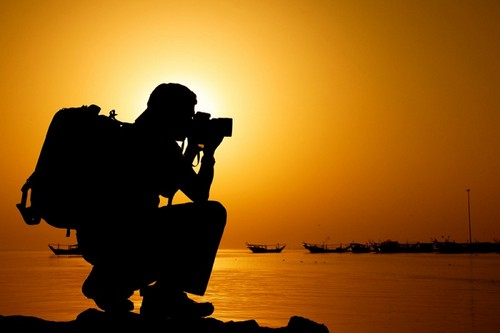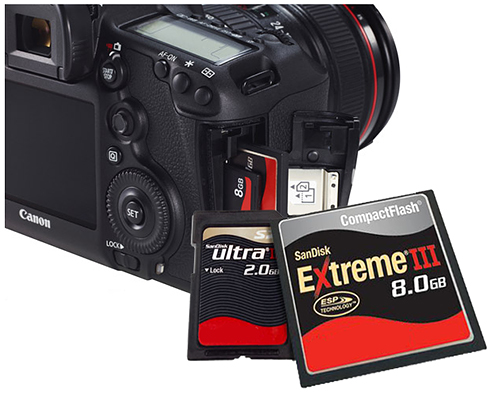
The key to obtaining ideal photographs depends on the exposure triangle of photography. The exposure triangle consists of aperture, shutter speed, and ISO. The combination of the three determines how dark or bright the resulting photo will be.
APERTURE
Aperture is the opening in the lens where light enters. If the opening is large, ample lighting will enter the lens. As the opening gets smaller, less light will enter. Besides being one of the ways to control incoming light, aperture is also used to control the depth of field.
In practice, if you are in an environment where the light is very bright, then the lens opening can be narrowed so as to lessen the amount of the light that enters. If the environment is a low light environment, then a larger opening is necessary for enough light to enter to obtain an optimal photograph.
Aperture can also be used to control the depth of field. A wide aperture makes for a shallow depth of field, consequently making the background of photograph blurry (bokeh). A narrow aperture, on the other hand, makes for a deep depth of field, which will consequently make the background appear sharper or focused. A unique point that often times confuse beginners is the value in the setting of the aperture. A small number setting for the aperture inverts to a wider opening, and as the values are lowered, the more the opening is narrowed. For instance, an f/1 aperture setting makes for a wider aperture than an f/22 setting.
Each lens has its own maximum and minimum aperture setting. The value written on the lens (such as an f/3.5-5.6) is the maximum (widest) aperture possible for that lens.
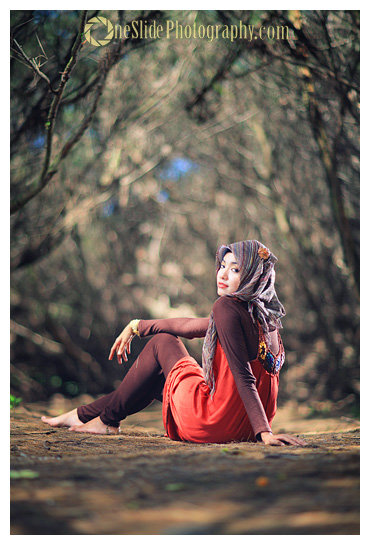
SHUTTER SPEED
Shutter speed is the duration the camera will open its sensors to absorb light. The shutter speed value is in seconds or fractions of seconds. Usually, the shutter speed is in the range of 1/4000 second to 30 seconds. Shutter speed variations are set from the camera body, not the lens.
Besides affecting the quantity of incoming light, the shutter speed also affect the resulting photograph in two respects:
– Fast Shutter speeds freezes moving objects.
– Slow shutter speeds capture the motion of the objects on an ongoing basis until the sensor closes.
In practice, high shutter speed is used to freeze motions of a moving object, such as for photo coverage of sports events. Alternatively, slow shutter speeds are used to record motion effects, such as for capturing the flow of a waterfall.
Also, in respect to the capturing of light, slow shutter speed can also help in capturing a bright nighttime sky.
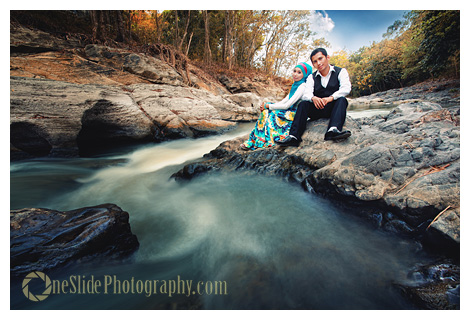
ISO
ISO is the level of sensitivity of the sensor towards light. The ISO value usually starts from 50, 80, or 100 and doubles until 3200 or more. Low ISO means low sensitivity of the sensor towards light, and as the digits increase, so does the sensitivity level.
Large digit ISO, or also called high ISO, can lower the quality of the photograph because of the appearance of spots called “noise.” Noise will appear like sand and the photo will lose fine details. But for difficult conditions (such as indoor photography with low lighting conditions), high ISO is often necessary.
In the era of analog cameras, ISO was also known as ASA. In the analog era, ASA depends on the film inserted into the camera. But now a days, ISO can be set as one sees fit by toggling the ISO setting of the camera.
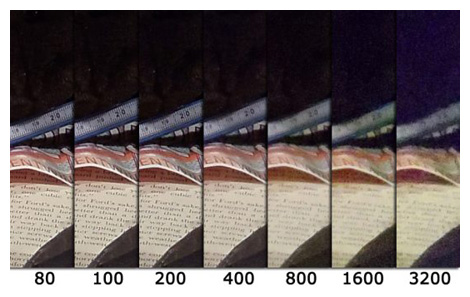
By experimenting with the three main camera settings (exposure triangle), the photograph can be manipulated into being dark, bright, or in between. The brightness of the end result will of course depend on one’s taste.
You can also simulate the use of ISO, shutter speed, and apertur on this site CAMERASIM .This SLR simulator will help you as an aid to understanding the relationship between ISO speed, aperture, shutter speed, and distance affect the outcome of your digital photos.













